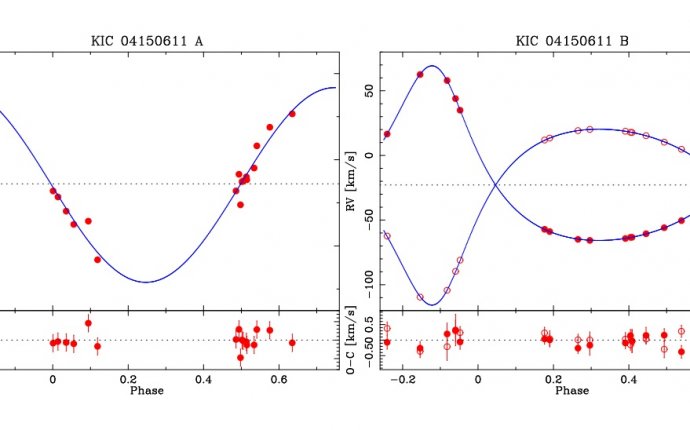
Astronomers study
Here's some cosmically bad news: The universe is dying. An international team of scientists that used seven powerful telescopes around the world to capture light coming from more than 200, 000 galaxies has found that they’re putting out half of the light that they did just 2 billion years ago – and they’re continuing to fade.
The findings, presented at the General Assembly of the International Astronomical Union in Honolulu, reveal the extent to which the cosmos are apparently losing steam, and could help astronomers better understand the evolution and structure of the cosmos.
Scientists have known since the 1990s that the universe seems to be producing less light than it did in the past; studies of ancient galaxies show that many were producing stars at much higher rates than they typically do today, giving off far more ultraviolet light in the past than we see in the present.
But ultraviolet light is just one slice of the light that galaxies give off. So the scientists decided to tally up as much of the light coming from about 221, 373 different galaxies as they could to finally get a proper gauge on how much energy they were putting out in the past.
"We’d seen this decline in just the ultraviolet light, ” said lead author Simon Driver, an astronomer at the University of Western Australia, “but we didn’t know whether it was happening at all wavelengths or not."
Stars produce many other wavelengths of light, including optical wavelengths (the kind of light we can see with our naked eye) as well as infrared. Clouds of hydrogen gas also absorb higher-energy starlight and then give off an infrared glow, so that has to be taken into account too.
The researchers gathered data from several different telescopes, including the Anglo-Australian Telescope in New South Wales as well as NASA’s Wide-field Infrared Survey Explorer spacecraft, looking for 21 different wavelengths of light, from the far ultraviolet (higher-energy light) to the far infrared (lower-energy light).
By studying more distant objects, astronomers can look back in time, because the light that reaches us is a snapshot of that object from an earlier point in its history. When a telescope spies a galaxy that's 100 light-years away, it's actually looking at the object as it was roughly 100 years ago. (This isn't an exact ratio, because the universe is expanding, but you get the idea.)
Looking at such distant galaxies, they found that, about 2 billion years ago, the universe was producing roughly twice as much as it is today.
"We've got three different indicators – we've got the total energy output, we’ve got rate at which galaxies are merging and we’ve got the star formation rate, " Driver said. “All three of those indicators are telling us that the universe is on a steady decline – kind of going into its nodding-off phase at the moment."
On the bright side (so to speak), this isn’t something we need to worry about for a while – if at all. The universe is about 13.8 billion years old, and its period of senescence will probably stretch far into the foreseeable future – practically forever, in fact.
"It’s going to be a long process; I guess we've got worse things to worry about at some level, ” Driver said. “In about 5 billion years the sun is going to swell up and swallow the Earth; in about 10 billion years it’s going to collide with the nearest [major] galaxy, the Andromeda galaxy; and in about 100 billion years the universe will be so expanded and producing so little light that we basically won’t see anything."
By profiling a large chunk of the galaxies in the observable universe, astronomers could further understand the differences between galaxies past and present, and perhaps probe the underlying structure of the cosmos (which is largely defined by dark matter, the mysterious stuff that can’t be seen or touched but that makes up most of the known matter in the cosmos).











